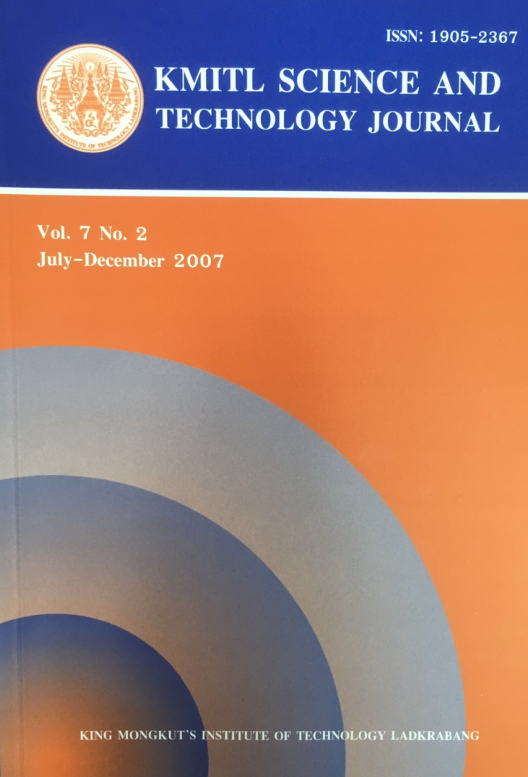The ability to enrich a breed with favorable alleles for multiple unlinked QTL from a donor breed in a backcross program of limited size through marker-assisted introgression was evaluated by considering the effects of fraction selected, marker interval, and number of QTL. Informative flanking markers were used to select progeny with the largest expected number of recipient QTL alleles for 5 generations. With less than 5% selected, sufficient progeny were available that were heterozygous for all markers at three QTL and QTL frequencies dropped below 50% only by double recombination. For larger fractions selected, larger marker intervals, and more QTL, reductions from 0.5 were greater and increased over generations. However, even with 20% selected, 3 QTL and marker intervals of 5 or 20 cM, mean QTL frequencies in generation 5 were 0.35 and 0.30, sufficient to allow subsequent selection on QTL.
Keywords: Marker-assisted introgression, backcrossing, QTL
Corresponding author: E-mail: napapan.piyasatian@gmail.com
Piyasatian*, N. ., Fernando, R. ., & Dekkers, J. . (2007). INTROGRESSING MULTIPLE QTL IN BACKCROSS BREEDING PROGRAMS OF LIMITED SIZE. CURRENT APPLIED SCIENCE AND TECHNOLOGY, 62-66.
